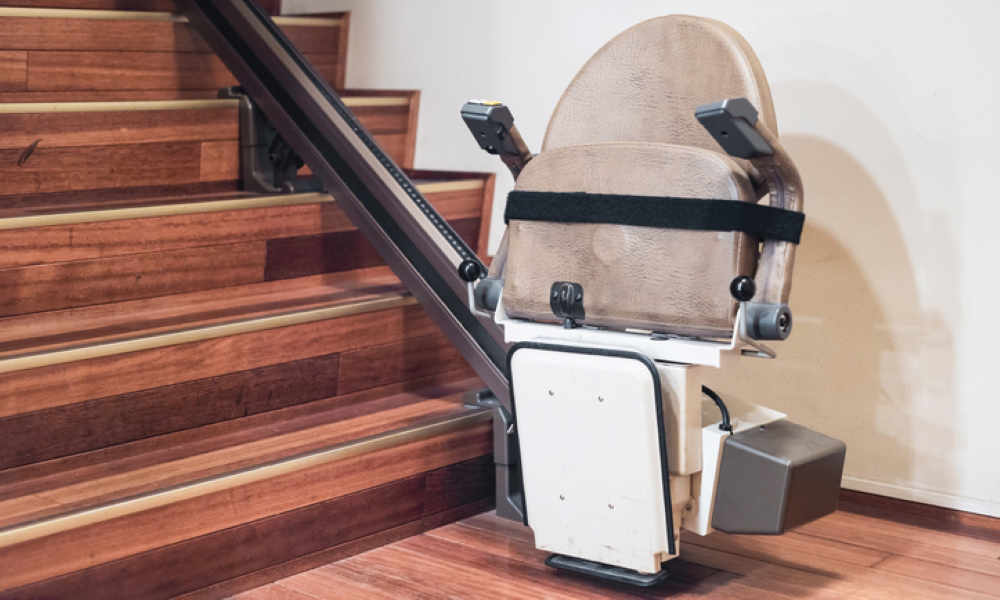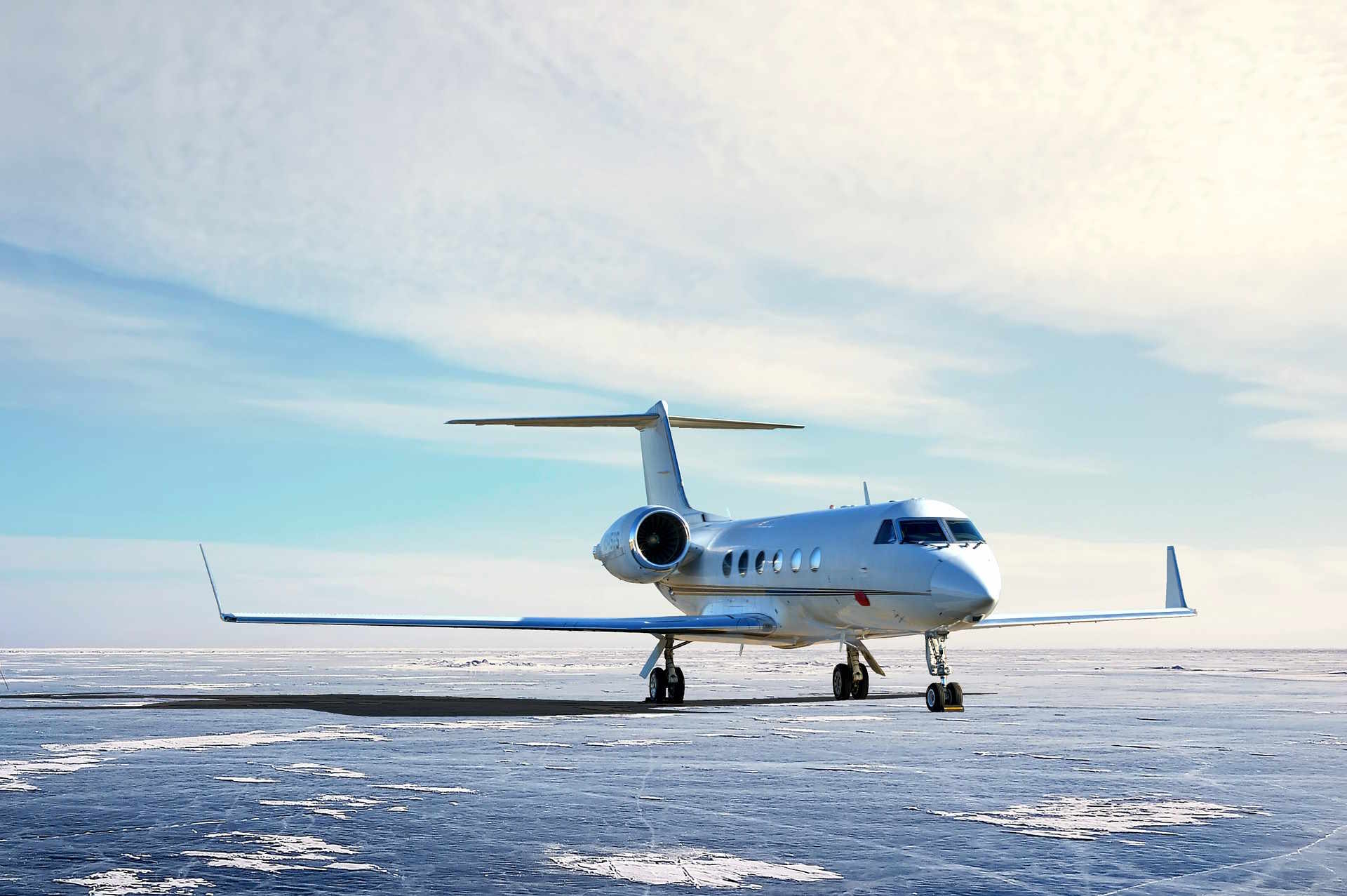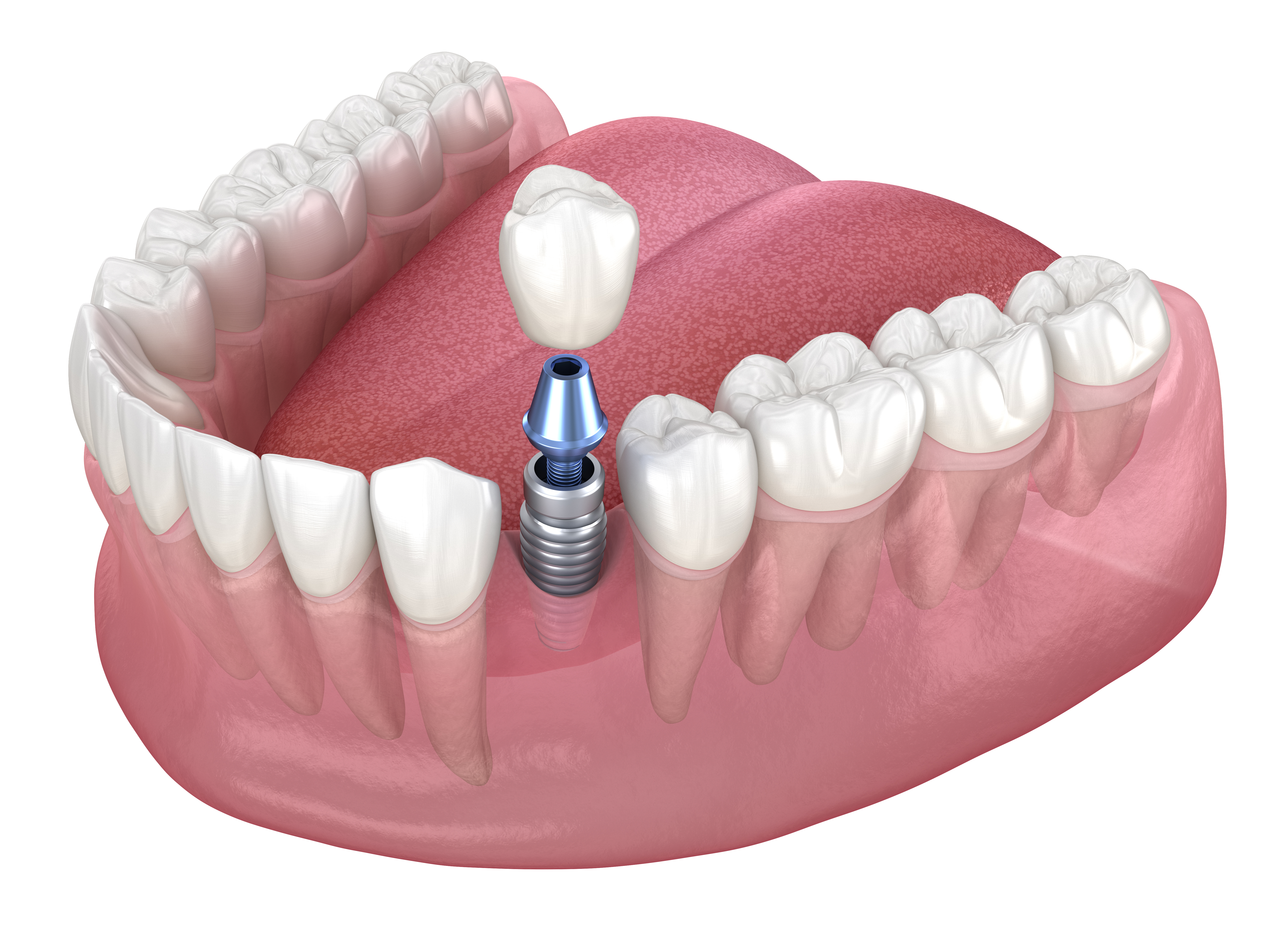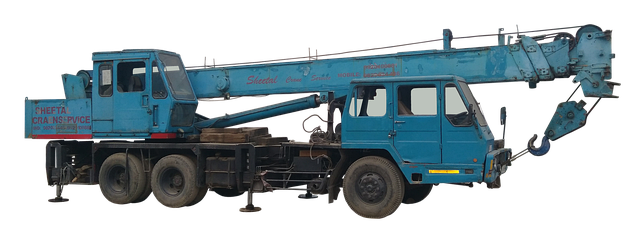A Comprehensive Guide to Stair Lifts: Types, Features, and Solutions for Home Mobility
Stair lifts have revolutionized home accessibility, offering independence and safety for those with mobility challenges. These specialized mobility devices enable individuals to navigate stairs comfortably and securely, whether dealing with temporary injuries, chronic conditions, or age-related mobility issues. Understanding the various types and features available helps in making an informed decision for your specific needs.

What Are the Main Types of Stairlifts Available?
The market offers several types of stairlifts to accommodate different needs and stair configurations. Straight stairlifts are the most common, designed for straight staircases without turns or landings. Curved stairlifts are custom-made to follow the exact contours of curved or corner staircases. Standing stair lifts provide an alternative for those who have difficulty sitting, allowing users to remain in a semi-standing position during transport.
How Does a Vertical Platform Lift Differ from Traditional Stairlifts?
A vertical platform lift, also known as a wheelchair lift, differs significantly from traditional stairlifts. These lifts accommodate entire wheelchairs or mobility scooters, moving vertically like a small elevator. They’re ideal for users who cannot transfer from their mobility device and are particularly suitable for entrances, porches, or between floors in multi-level homes.
What Features Should You Consider in a Mini Stair Lift?
Mini stair lifts are compact solutions designed for homes with limited space. These systems typically feature:
-
Slim-line rails that fold against the wall
-
Compact seats that fold up when not in use
-
Reduced footprint compared to standard models
-
Lower weight capacity (typically suitable for single users)
-
More affordable pricing due to simpler construction
What Safety Features Come Standard with Modern Stairlifts?
Modern stairlifts incorporate numerous safety features to ensure secure operation:
-
Safety sensors that stop the lift if obstacles are detected
-
Seat belts or positioning straps
-
Swivel seats for safe mounting and dismounting
-
Battery backup systems for power outages
-
Continuous charging along the rail
-
Emergency stop buttons
-
Lockable on/off switches
How Do You Choose the Right Stairlift for Your Home?
Selecting the appropriate stairlift depends on several factors:
-
Staircase configuration (straight, curved, or multiple landings)
-
User’s mobility level and physical capabilities
-
Available space in the stairwell
-
Weight requirements
-
Budget considerations
-
Home architecture and electrical requirements
What Are the Current Market Options and Price Ranges?
| Stairlift Type | Average Price Range | Key Features |
|---|---|---|
| Basic Straight | $2,000 - $5,000 | Standard seat, basic safety features |
| Curved Custom | $8,000 - $15,000 | Custom rail, premium features |
| Vertical Platform | $5,000 - $20,000 | Wheelchair accessible, outdoor options |
| Mini Stairlift | $2,500 - $4,500 | Space-saving design, compact features |
| Standing Stairlift | $3,000 - $6,000 | Perch seat, reduced depth requirements |
Prices, rates, or cost estimates mentioned in this article are based on the latest available information but may change over time. Independent research is advised before making financial decisions.
Stairlifts represent a significant investment in home accessibility and independence. While initial costs may seem substantial, many manufacturers offer financing options, and some organizations provide grants or assistance programs for medical mobility equipment. Regular maintenance and proper usage can ensure these systems provide reliable service for many years, making them a valuable long-term investment in home safety and accessibility.




